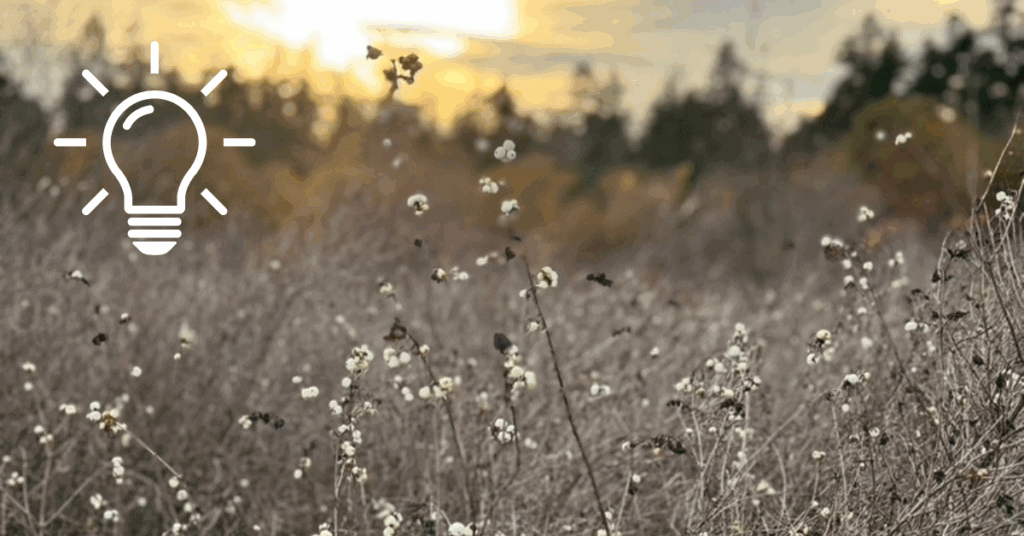If you want to take your leadership to a whole new level, read on. Today I’m feeling compelled to share with you one of the basic building blocks in ontological coaching that will shift your leadership in such a profound way folks around you will be awed. If you’ve worked with me, you’ll know this one but it’s always good to revisit to make sure you aren’t missing a step.
O.A.R. is the acronym for Observer | Action | Result. In ontological coaching, we use the distinction that the results we produce are shaped by the actions we take, and the actions we take are shaped by the observer we are. You might need to read that again and go a bit slower! Lol.
In other words: We do not see the world as it is; we see the world as we are.
Becoming an Observer of Self
Becoming an observer of self is the intentional act of stepping into a new level of awareness, one that allows you to notice how your current ways of seeing (your interpretations, moods, language, and embodied presence) are shaping your actions and therefore your outcomes. This distinction has been a game-changer in my life. It’s basic but wow is it powerful when applied and it’s a total game changer in leadership and especially when leading teams.
The distinction acknowledges that:
- You are not fixed. (As in, not changeable.)
- You are not your thoughts, emotions, or stories.
- You can become a different observer, which opens up new actions, possibilities, and ways of being.
Which leads to breakthrough business ideas, new products, new services, innovative solutions, outcomes beyond right and wrong or new possibilities for a relationship that is stuck or stagnant.
Including the one you have with yourself!
Becoming an Observer of Self (Ontological View)
To become an observer of self in the ontological sense means:
- Examining how you are perceiving and interpreting the world, not just what you’re doing or feeling.
- Noticing your linguistic framework, emotional state, and embodied presence.
- Asking: From what way of being am I relating to this moment?
- It is not only about watching yourself from the outside; it is about observing how you are observing.
This approach creates the possibility for transformation, rather than simply reflection.
How Is This Different from Self-Awareness?
While self-awareness and becoming an observer of self are related, they are not the same.
| Self-Awareness | Becoming an Observer of Self (Ontological) |
|---|---|
| Often psychological or cognitive in focus | Philosophical, linguistic, emotional, and embodied |
| Tends to focus on noticing thoughts, feelings, and behaviours | Focuses on noticing the lens through which you perceive and interpret your experiences |
| Emphasizes recognition of patterns, triggers, or traits | Emphasizes transformation through shifts in identity, perception, and worldview |
| May remain on the level of description or diagnosis | Oriented toward shifting the observer to expand what is possible |
| Can involve reflection or analysis | Involves generative inquiry into your being, language, mood, and body |
In short:
Self-awareness tends to notice content; becoming an observer of self focuses on the context from which content arises. For more detail on the difference between self-awareness and observing, check out my other post, “Self-Awareness Isn’t Enough”.
In the meantime, the following practice can be integrated into your leadership immediately.
Practice: The Observer | Inquiry | Pause
Step 1: Pause and Presence
At any point during your day, pause for 30 to 60 seconds.
- Gently bring your attention to your breath.
- Notice the sensation of your feet on the ground or your body in the chair.
- Allow yourself to simply be here, without needing to fix, judge, or perform.
Step 2: Observer Inquiry
Ask yourself the following three questions. Don’t rush to answer, just notice what arises.
- What mood or emotional background is present in me right now?
(Examples: anxiety, resignation, ambition, gratitude, irritation, openness) - What story or interpretation is shaping how I see this moment or situation?
(Examples: “They don’t respect me,” “This always happens,” “I’m not doing enough,” “I can handle this”) - What is my body doing or holding right now?
(Notice posture, tension, ease, breath, heartbeat, facial expression) - You are not trying to change anything. Just observe.
Step 3: Optional
Ask yourself:
Who am I being, that this way of seeing and responding makes sense?
And:
What other observer could I become, and what new possibilities might that open?
Why This Matters
This brief practice shifts you from unconscious reactivity to conscious observation. Over time, it builds the muscle of self-authorship, allowing you to relate to life not just as it occurs, but as something you are actively participating in creating. Say what?! Yup, you heard me right. But please, be gentle with your interpretations! Do not confuse this with fault or blame.
Let me know how it goes for you!





